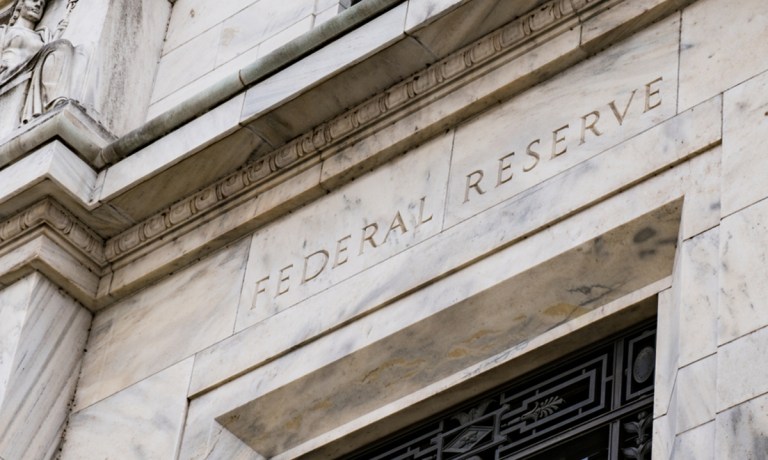
The banking system is sound, and resilient, according to the Federal Reserve.
But the performance of some of the loans on banks’ books — particularly at smaller financial institutions (FIs) — bear watching.
To that end, the central bank noted in its semiannual Supervision and Regulation Report released this month that credit card loans, auto loans and, especially, commercial real estate loans are showing increasing delinquencies.
“The delinquency rate for consumer loans remained elevated in the first half of 2024 despite a decline in the second quarter. The second quarter improvement was mostly due to a decline in credit card delinquencies. Still, the credit card loan delinquency rate was notably higher than a year earlier. The delinquency rate for auto loans also increased from a year earlier and was just below its five year high as of the second quarter of 2024,” the Federal Reserve said in the report. Within their real estate portfolio, loans secured by offices, especially those in major cities, remain a “top concern,” per the Fed: At the large banks, the delinquency rate for office loans stood at 11%.
And against that backdrop, as for the supervisory focal points at the moment, the report stated that “Supervisors remain focused on credit risk management practices at large firms, particularly with respect to credit card and CRE lending. Supervisors are assessing how firms actively manage the risk in their loan portfolios and the adequacy of credit loss reserves.” In a separate report last week, on the state of household debt, the Fed estimated that third-quarter aggregate delinquency rates “edged up” from the previous quarter, with 3.5% of outstanding debt in some stage of delinquency, the report noted.
The observations come as the Federal Reserve also took note of some operational monitoring tied to banks in general — large and small. The Fed said that its priorities for supervising larger FIs include operational risk IT and cybersecurity preparedness, FinTech and banking-as-a-service activities and third-party risk management. For smaller banks, the report found, “reliance on third-party service providers and other technology solutions can pose operational risks, especially for smaller banks. While supervisors have found that banks have taken steps to strengthen their operations and IT systems, vulnerabilities still exist.”
The relatively elevated card delinquencies are especially noteworthy as PYMNTS Intelligence detailed just last week in its latest paycheck-to-paycheck data that among households struggling to meet expenses — and those who are not struggling — overall outstanding credit balances are either holding constant or increasing. Overall, 25% said their outstanding balance increased over the last year, while 55% said it stayed about the same. Only 21% of consumers we surveyed said the balances had decreased.
Among cardholders living paycheck to paycheck with issues paying bills, 34% said their outstanding balances increased. For those paycheck-to-paycheck cardholders without difficulties paying their bills, 30% said the same. As many as 41% of financially struggling cardholders “often or always” reach their card spending limits. They are more than six times as likely as financially stable consumers to do so. Just 6.3% of those not living paycheck to paycheck regularly hit their spending limit.